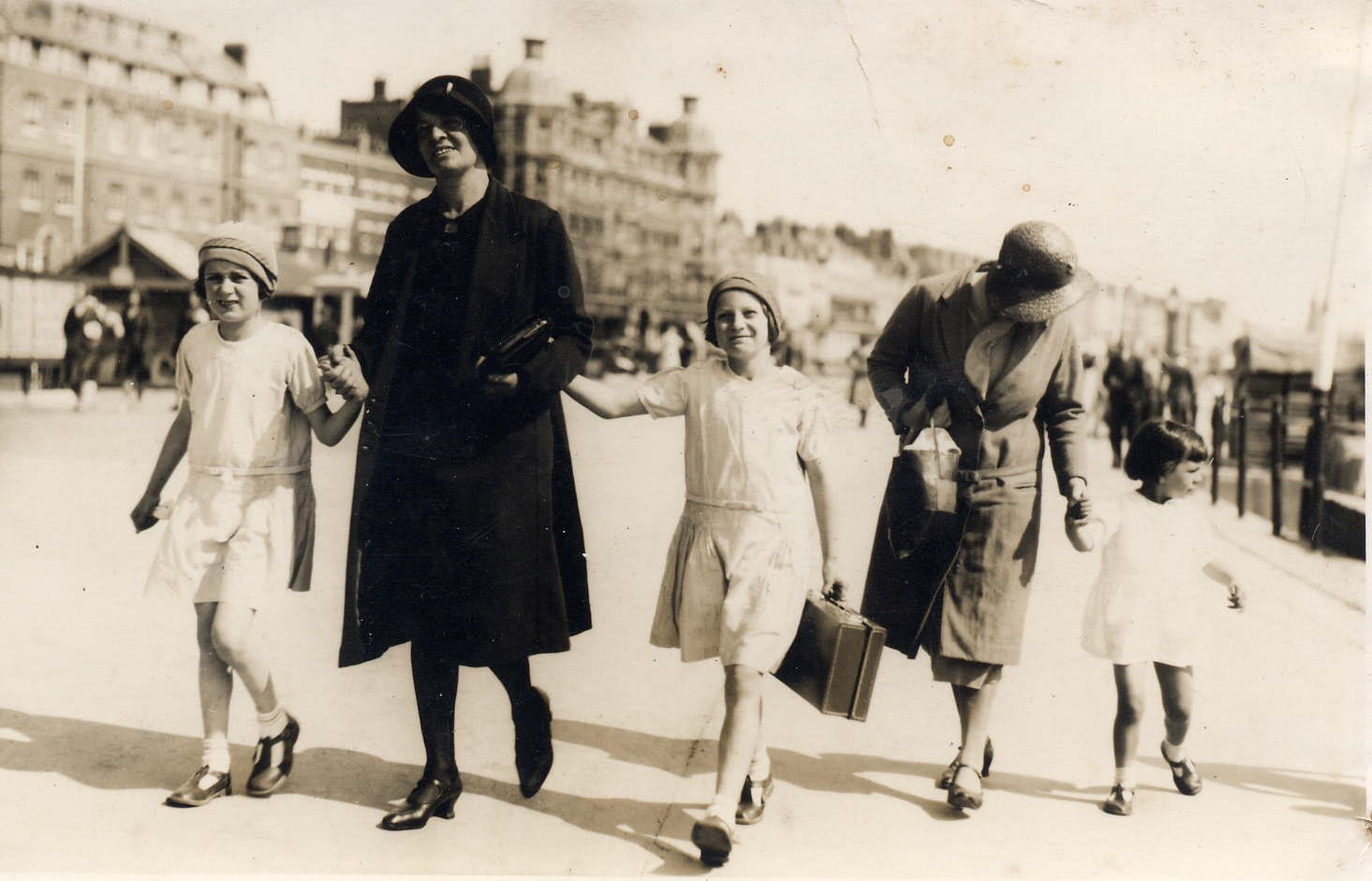How does it work?
Basically, the article tells you how you can upload images of your own family photographs and use those to perform a search on Google- instead of using a text search term. The point of all this boils down to four outcomes (according to the article):- Finding websites about a particular ancestor using the image you have
- Identifying a mystery ancestor
- Finding more information about the place a photograph was taken
- Finding more information about the time-period a photograph was taken in
 |
| My great-grandfather in WWI uniform. |
This way of searching may not be news to many of you, but most of the time I’m buried in Medieval records. Using family photographs for a Google search is not something that had really crossed my mind!
So, I thought I would give it a go with some of my own and see whether any of the above four aims were attainable.
I used three photographs, one of my great-grandfather in WWI uniform, one of his mother (possibly from the 1870s) and another of his daughters at the seaside (likely at Weymouth, Dorset). Check out my previous blog post 'A family mystery finally solved' for my great-grandfather's own family history scandal.
What was the outcome?
I have to say that I was not surprised at the outcome of these searches. Firstly, none of my pictures brought up any websites that may have been previously hidden had I only searched with the names of my ancestors. The only website that appeared was the Wikipedia definition of ‘sitting’ (apparently the only notable thing in my great-grandfather’s photograph)! There was nothing to help identify the people in the photos and the seaside scene was not instantly recognised by Google. Perhaps I am being a bit unfair to Google, as none of my ancestors in the photos I submitted are famous. Perhaps the landmarks aren’t quite clear enough to be instantly recognisable. I think a match is more likely to be found for the first two points above, if many people share that ancestor and/or they are fairly well-known historically. |
| My great-great-grandmother, possibly in the 1870s. |
What I did find interesting were the ‘similar images’ that Google returned for each of my photos. These showed me how more information about place and time-period could be found. For my great-grandfather, there were similar uniforms (although I am by no means an expert on WWI army uniforms). There were also photos with subjects posed in a similar manner. I can see how this could show a researcher whether photographers used particular poses for their subjects in particular eras. There could be some sociological information there.
The similar images for both my great-great-grandmother and the seaside scene also showed subjects in similar clothing. This could certainly provide clues to when my own photographs were taken, if I didn’t already know.
My own conclusions
Whilst the comparisons between my photos and the ones on Google were interesting, attaining any of the four goals from the article is not as simple as you think. Even if you wanted to find out more background information about place or time-period. Any researcher would need to do a lot more leg-work than just being presented with similar images. It is an interesting technique to use, but not one I would rely upon regularly. |
| My grandmother and her sisters (as children) at the seaside. |
There are books and articles out there that go into more detail about how to identify family photographs. For me, these would be much more useful. Sometimes though, you may never be able to put a name to that mystery ancestor!
Copyright © 2020 Shersca Genealogy